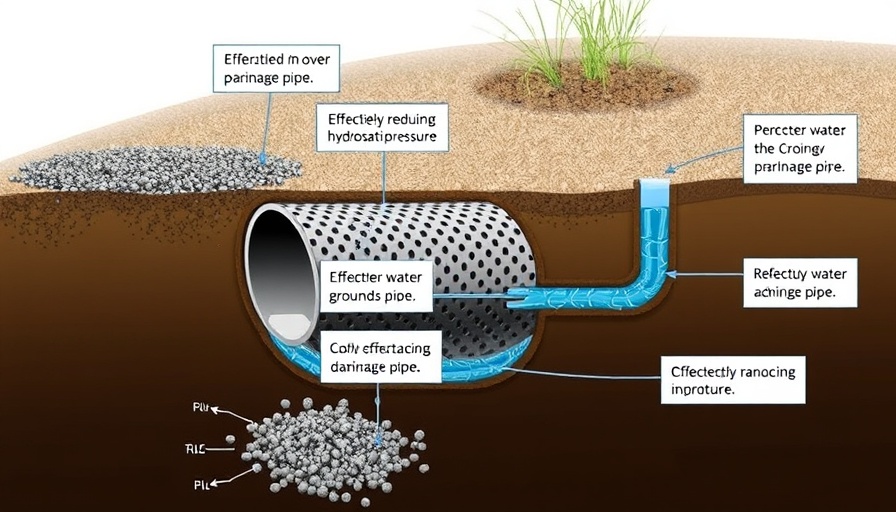
Great Koala National Park: A Turning Point for Conservation
The recent announcement by the NSW Government about the formation of the Great Koala National Park has opened up a much-needed lifeline for the once-thriving koala population. Advocates for koala conservation hail this as a pivotal moment, not just for the species but also for the ecological future of Australia’s forests. Spanning 476,000 hectares, connecting diverse state forests to existing national parks, this new conservation effort is set to create a protected habitat crucial for the survival of koalas and other endangered species.
The Decline of Koalas: A Grim Reality
According to a report released by WWF and the Nature Conservation Council of NSW, koalas in the region were on a path towards extinction, with estimates suggesting that they could disappear by 2050 if significant action wasn't taken. Dramatic interactions of deforestation, ongoing droughts, diseases, and the devastating aftermath of bushfires have contributed to a catastrophic decline, with populations on the East Coast of Australia plummeting by more than 50% between 2000 and 2020. The establishment of this national park is considered a chance to not only reverse these trends but also to potentially remove koalas from the threatened species list by the year 2050.
A Broader Ecological Impact
Beyond just conserving koalas, the Great Koala National Park is expected to benefit several other vulnerable species. The park’s protective measures will help safeguard habitats for endangered greater gliders and glossy black-cockatoos, showcasing a holistic approach to conservation that can help restore multiple species at once. As Dermot O’Gorman, CEO of WWF-Australia, articulated, “If we can save koalas, we can save thousands of other species and the trees they call home.” This interconnected approach highlights the importance of biodiversity in maintaining healthy ecosystems.
First Nations Perspectives Matter
Consultation with First Nations communities is vital for the effective management of the new park. Advocates stress that engaging Indigenous voices and knowledge about land stewardship is essential. Mr. O’Gorman called for discussions regarding the return of public native forests to Indigenous communities, aligning future management strategies with the cultural and historic significance of these lands.
Economic Repercussions of Conservation
The shift to a conservation economy in the region has positive implications for local communities. Dr. Stuart Blanch, a conservation scientist with WWF-Australia, emphasized that the new park must not only protect biodiversity but also support affected timber workers transitioning to sustainable practices. With the promise of government funding to help these communities adjust from native forest logging to a plantation-based timber industry, the holistic benefits seem expansive.
Conclusion: A Road Ahead Filled with Promise
The Great Koala National Park represents a bold step for wildlife conservation in Australia. The initiative is not just about saving koalas but about creating a mutually beneficial relationship between ecological preservation and community wellbeing. As efforts continue to build awareness and support for the park, the hope is for a future where koalas can thrive in a landscape supportive of biodiversity and local economies. This latest development provides an opportunity for communities, conservationists, and policymakers to collaborate for a sustainable future.
 Add Row
Add Row  Add
Add 






Write A Comment